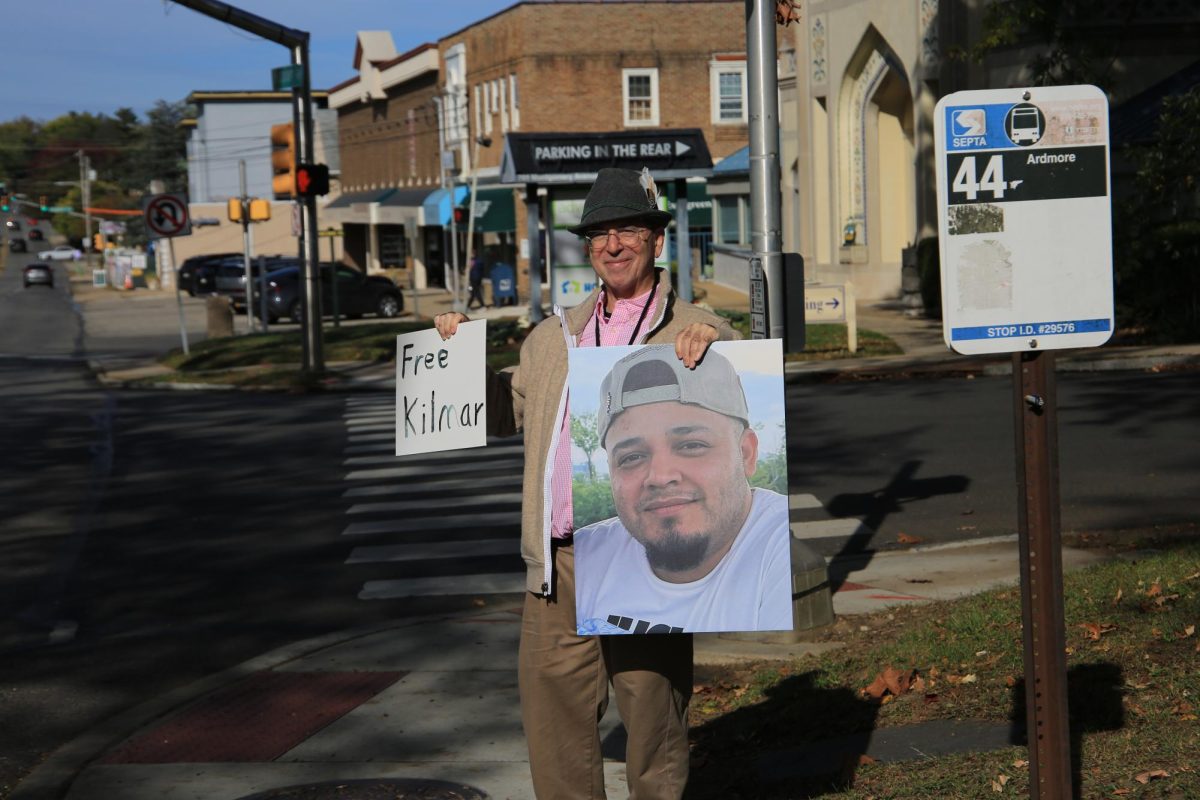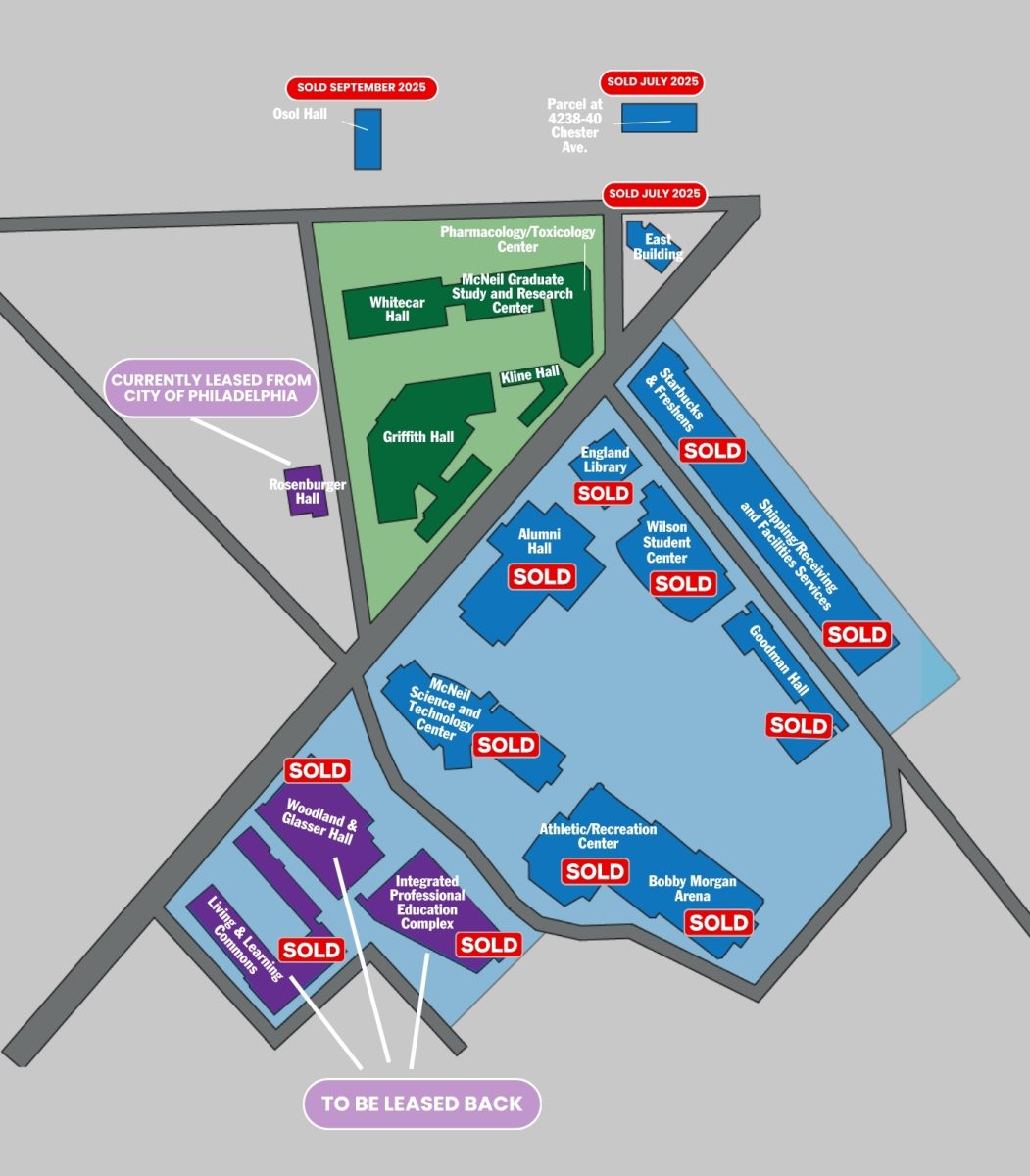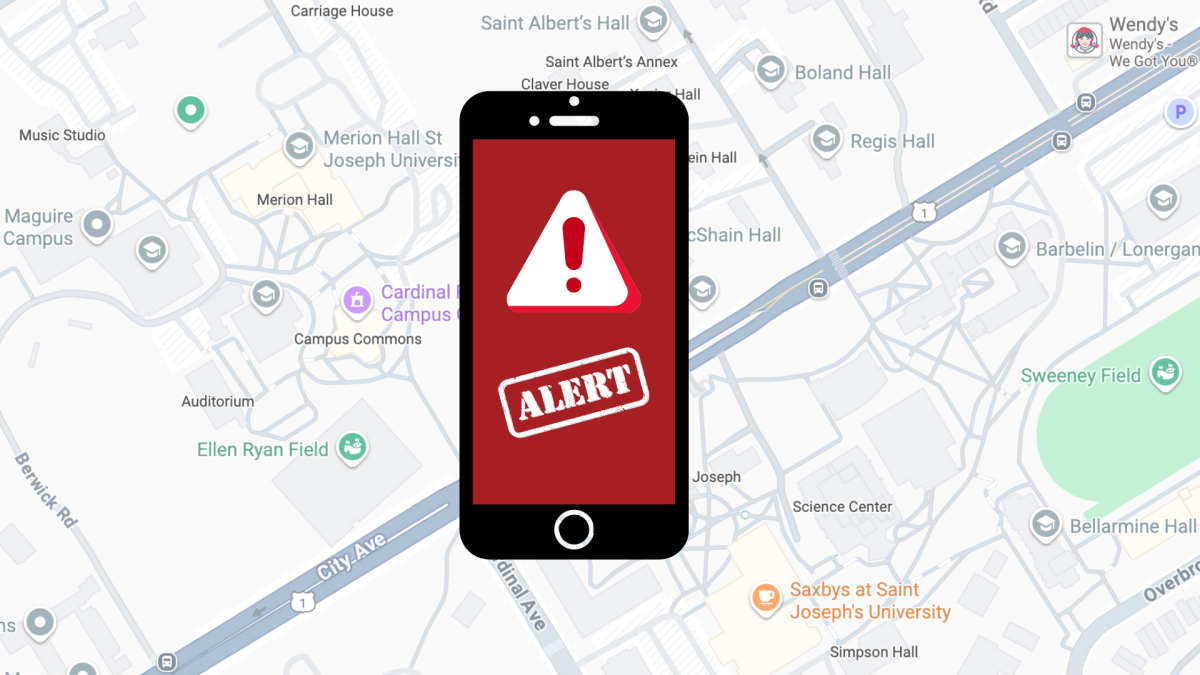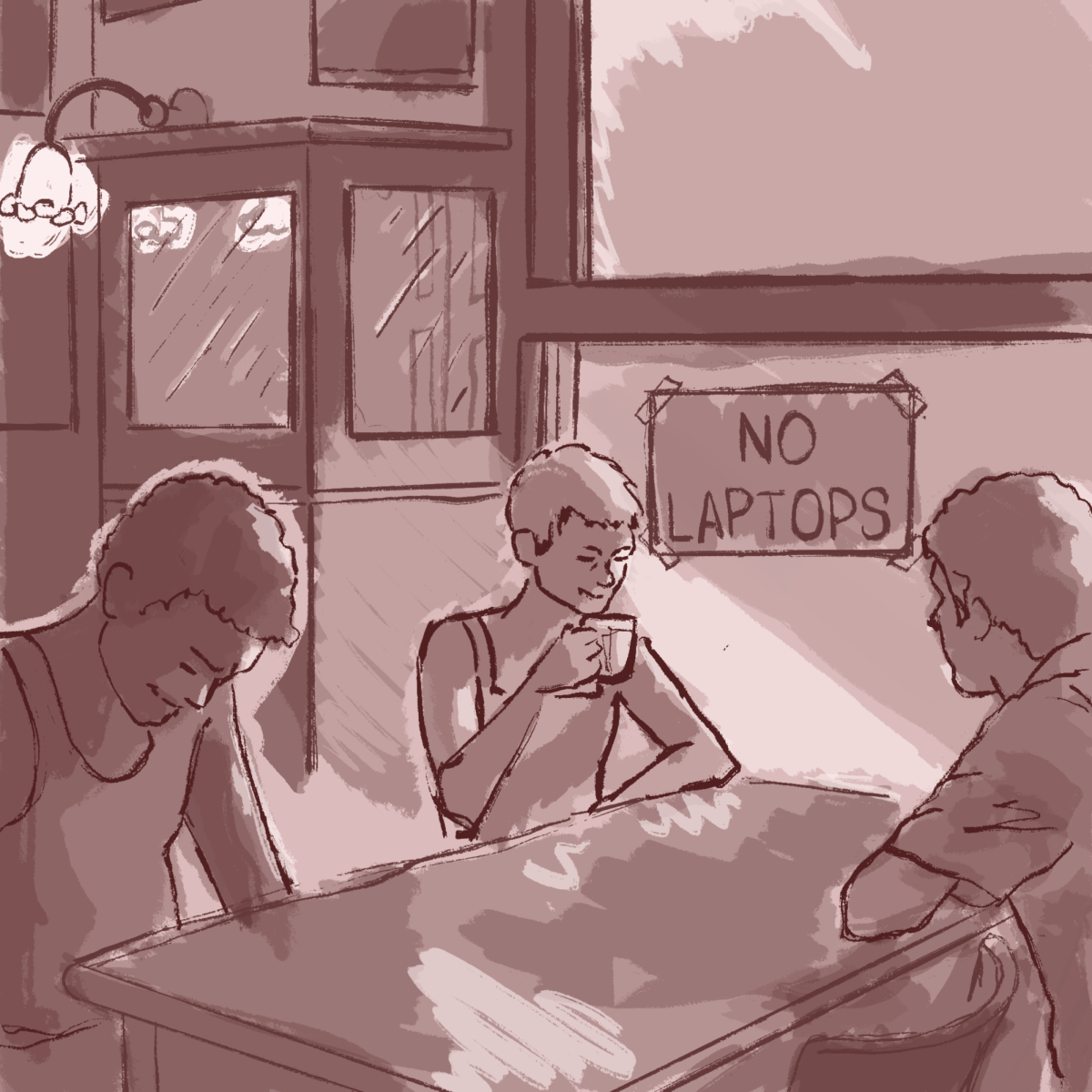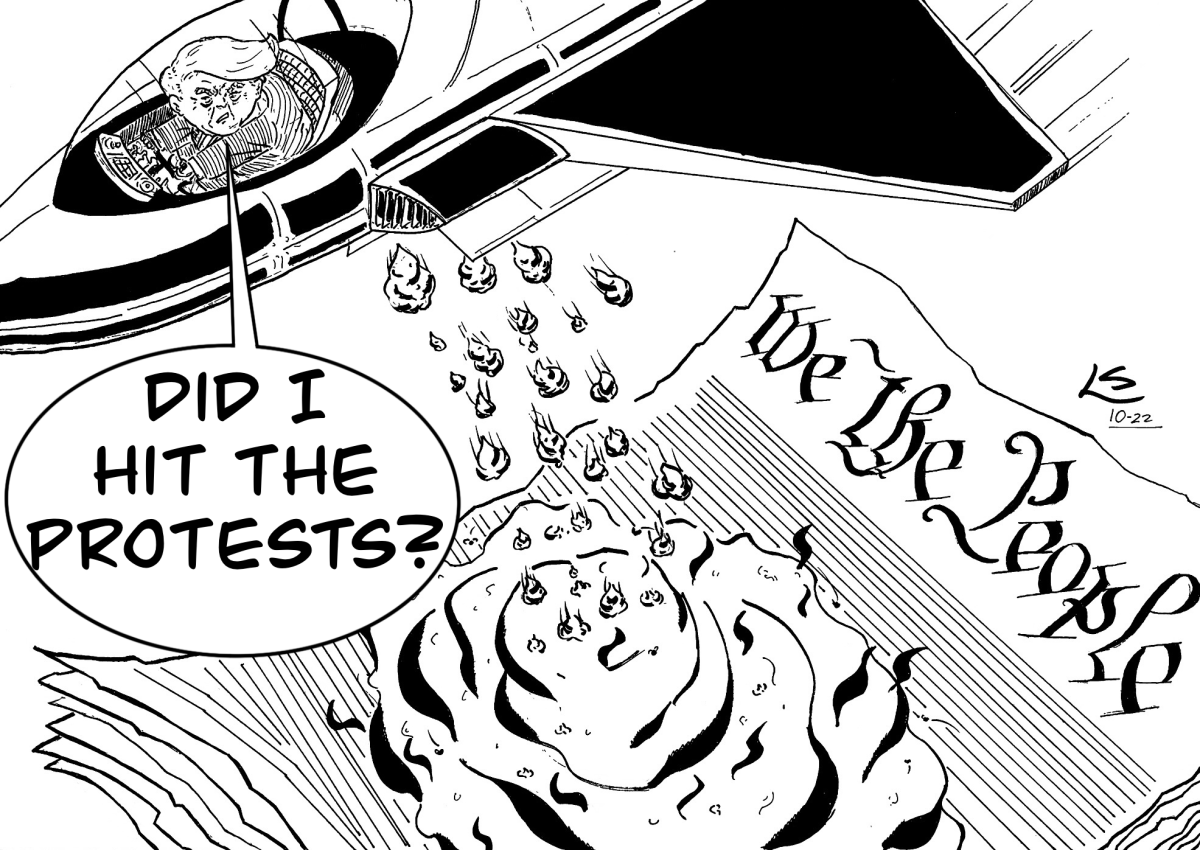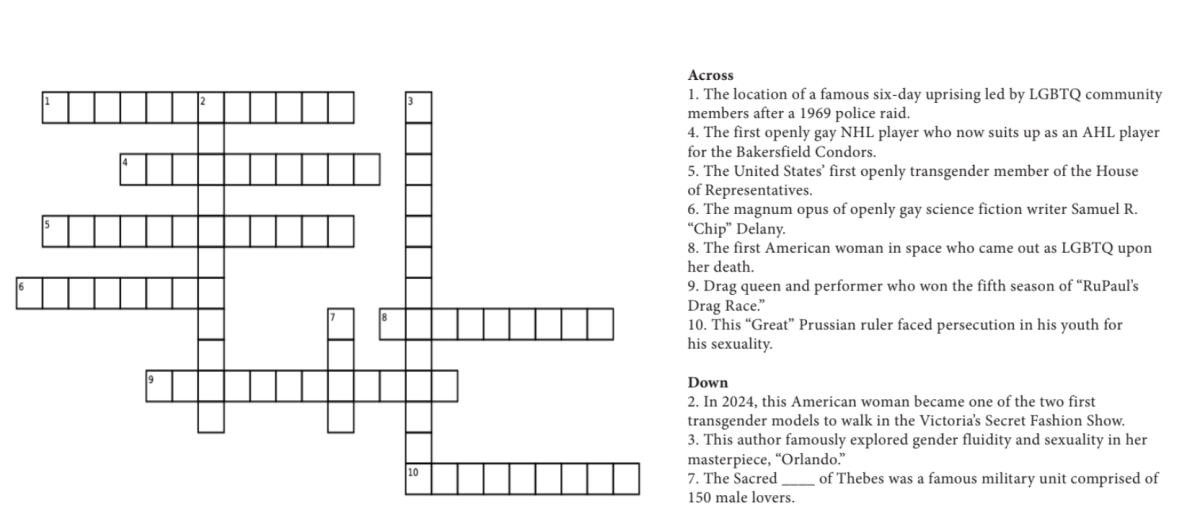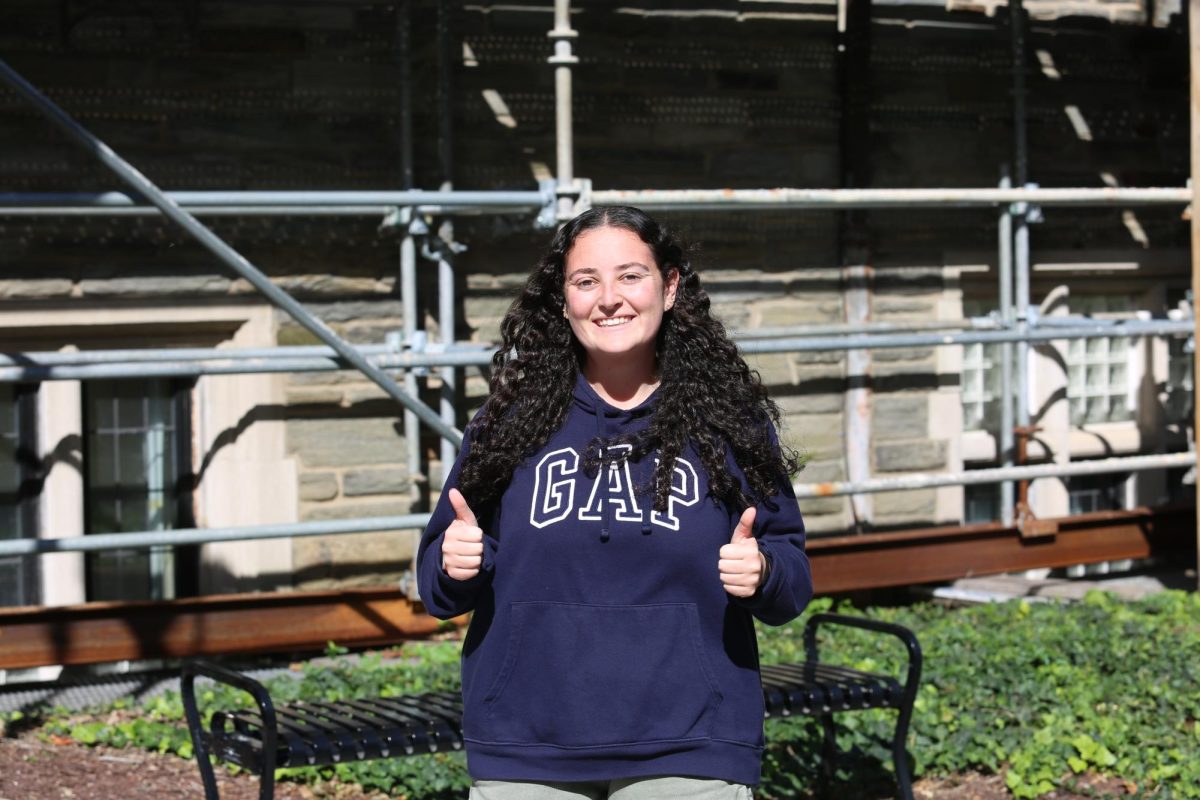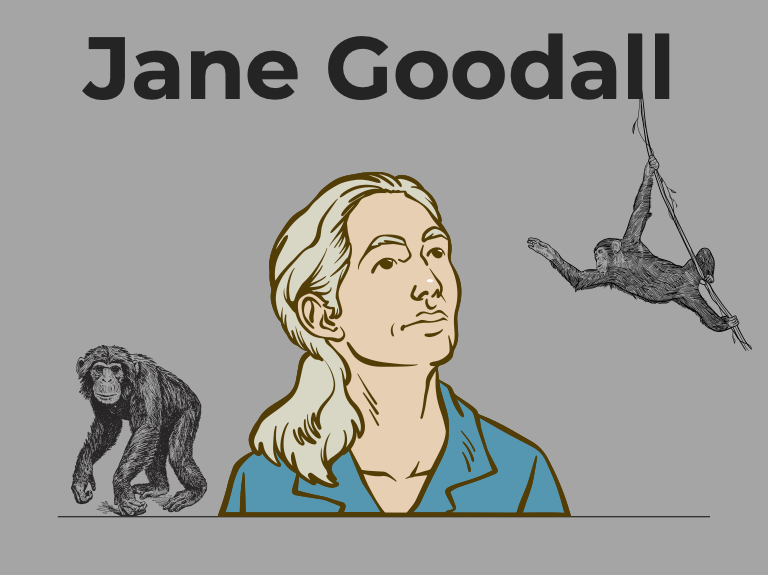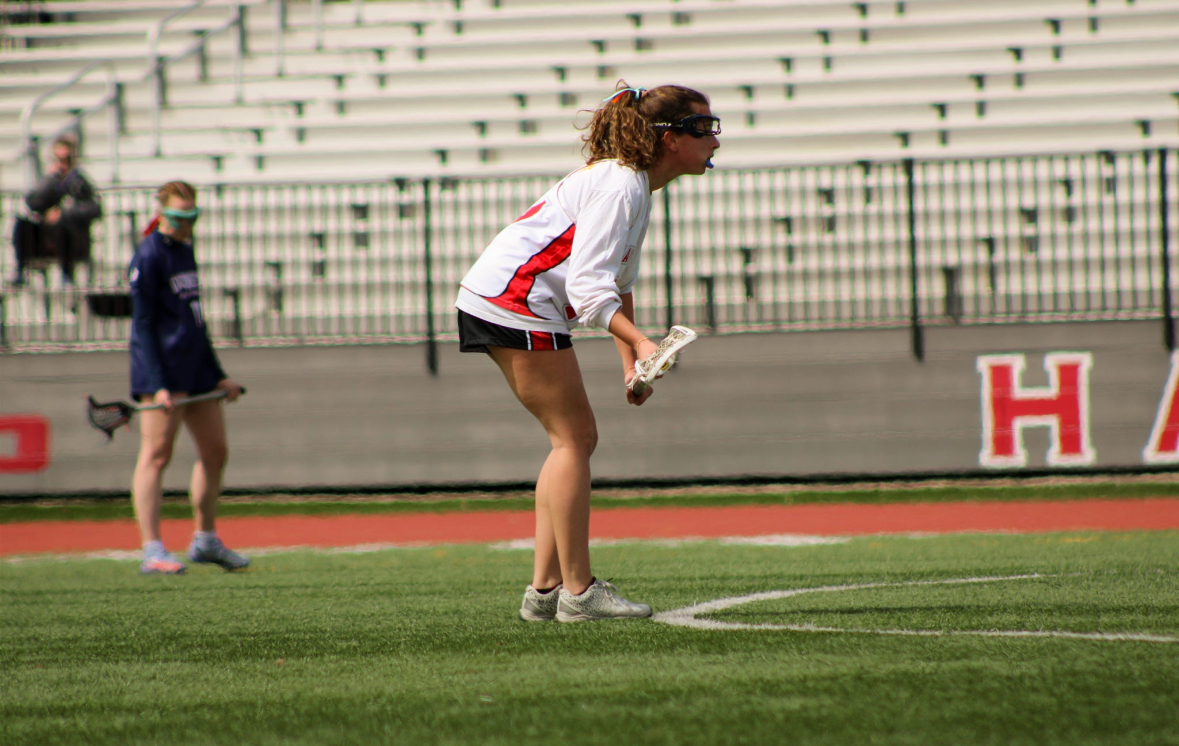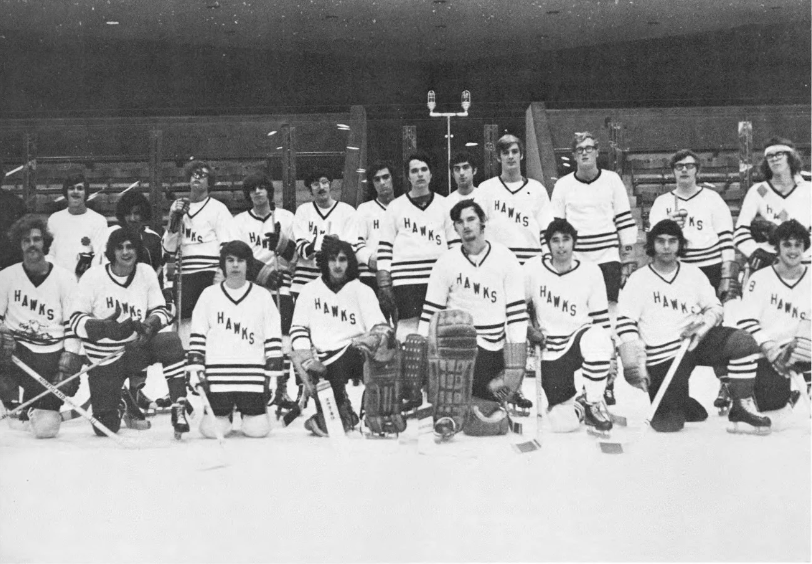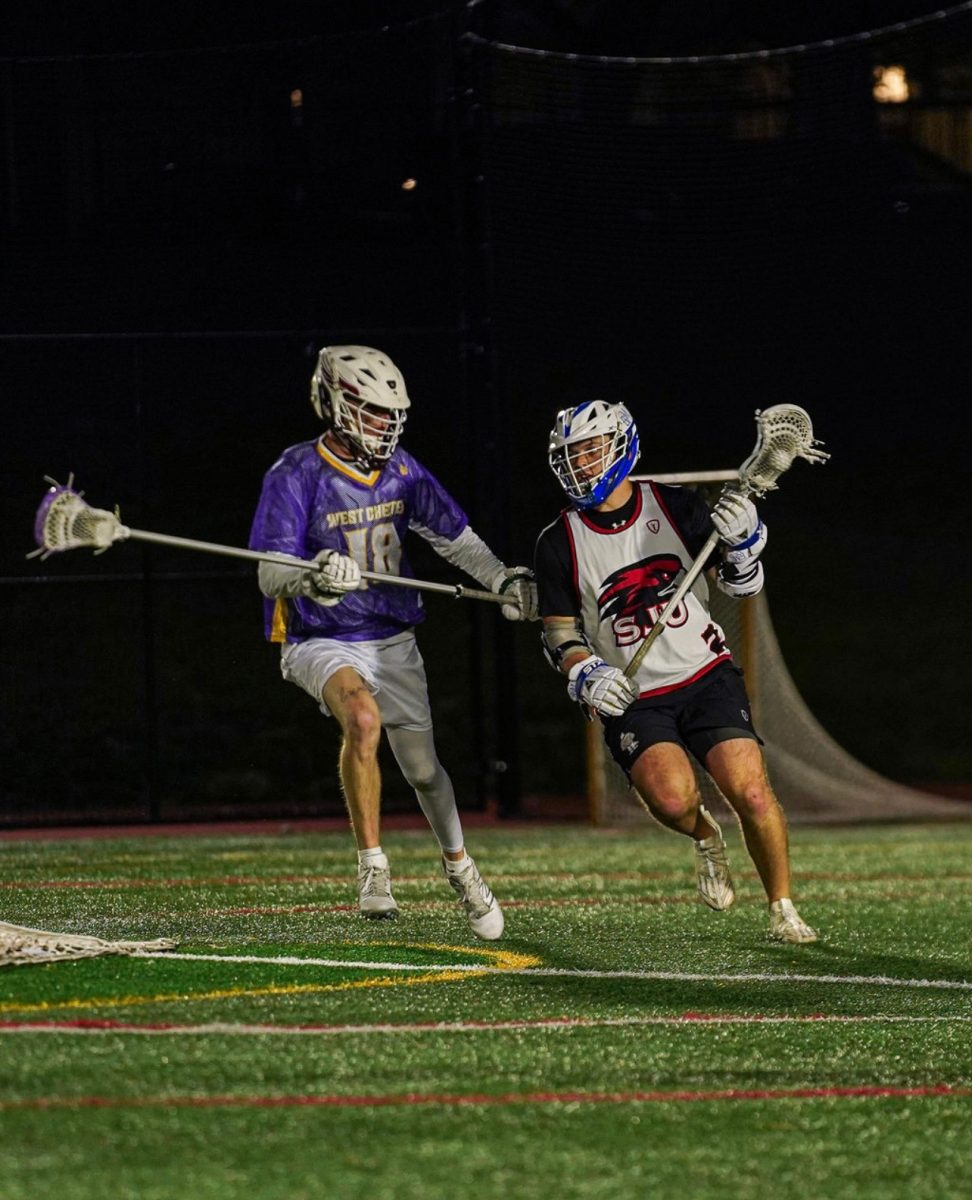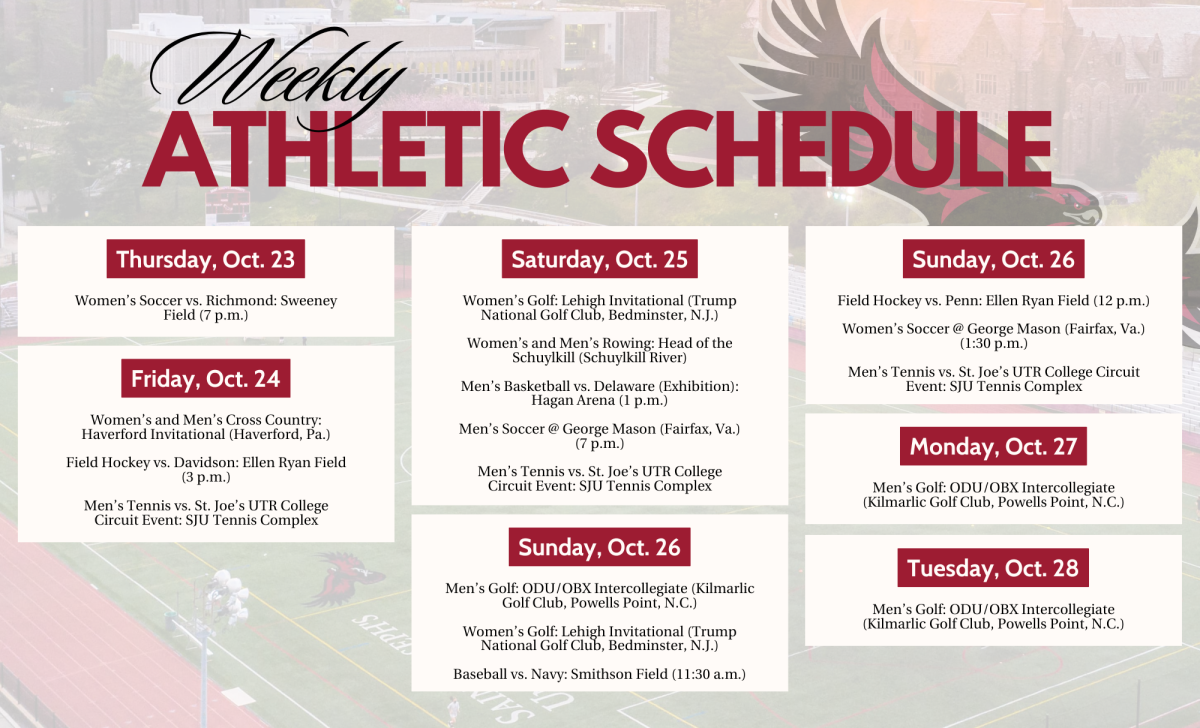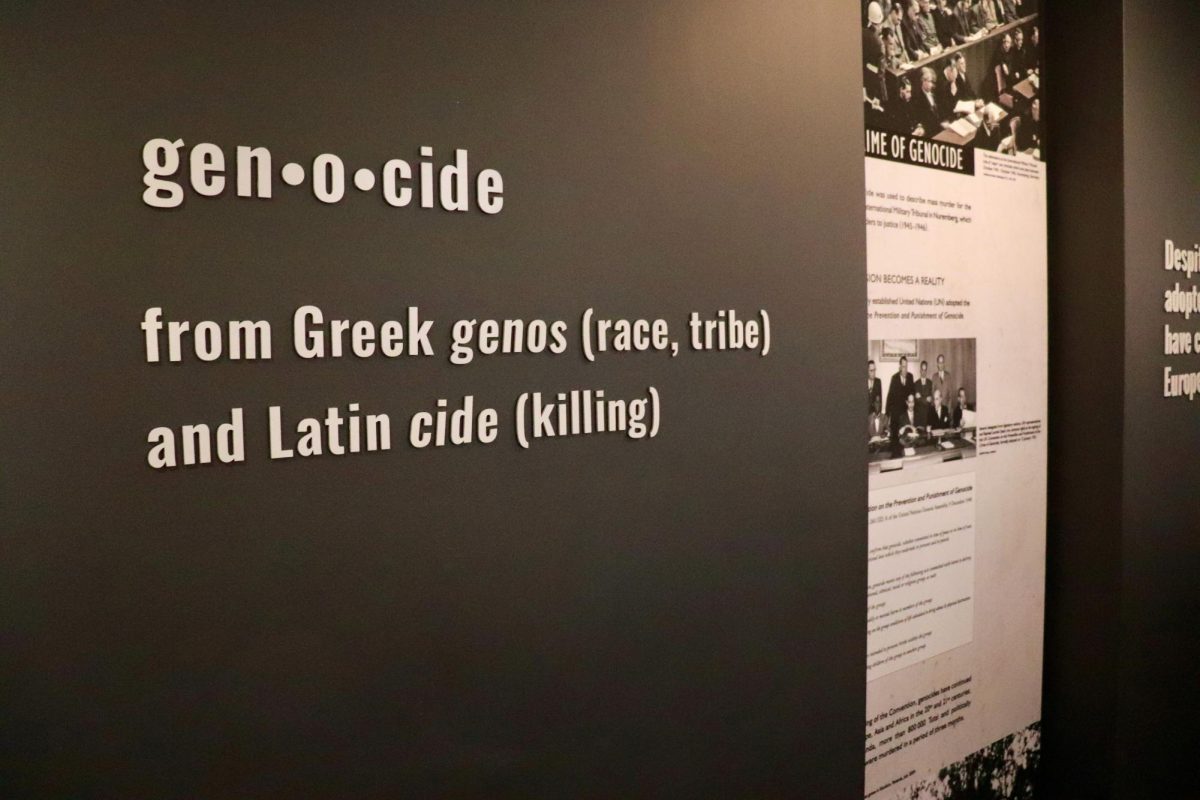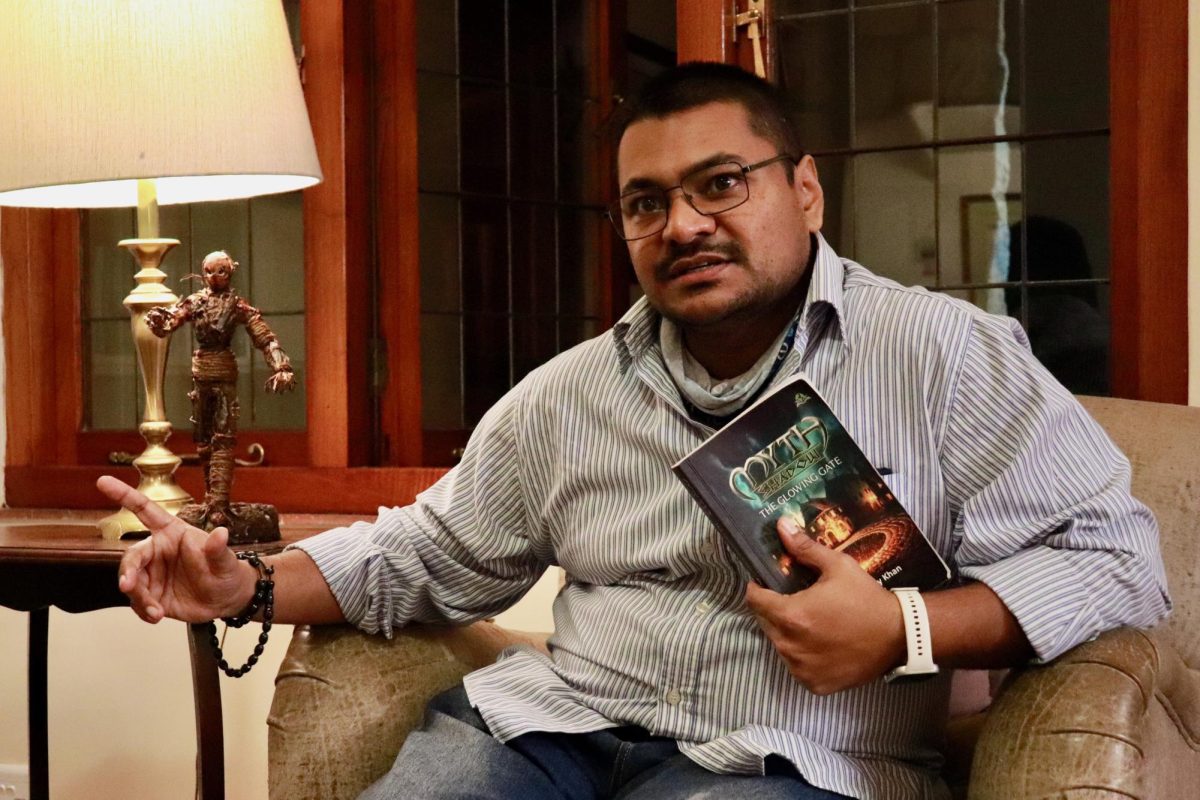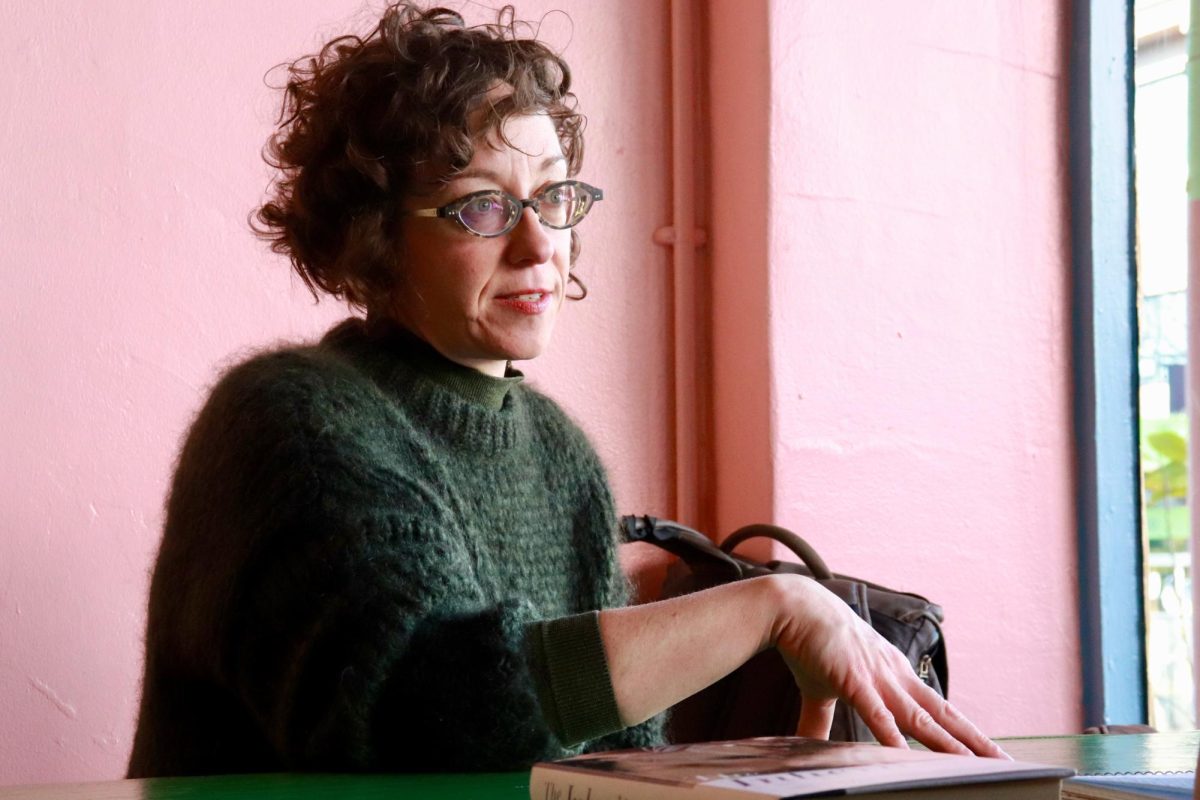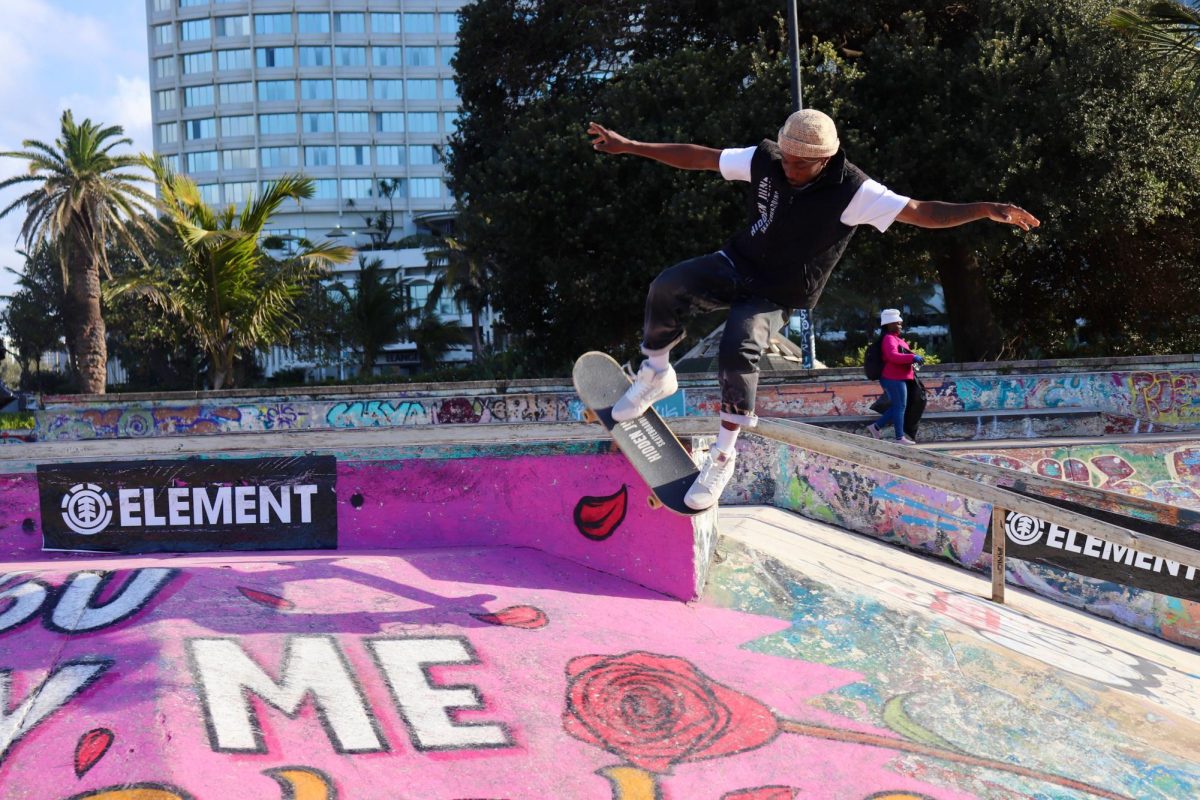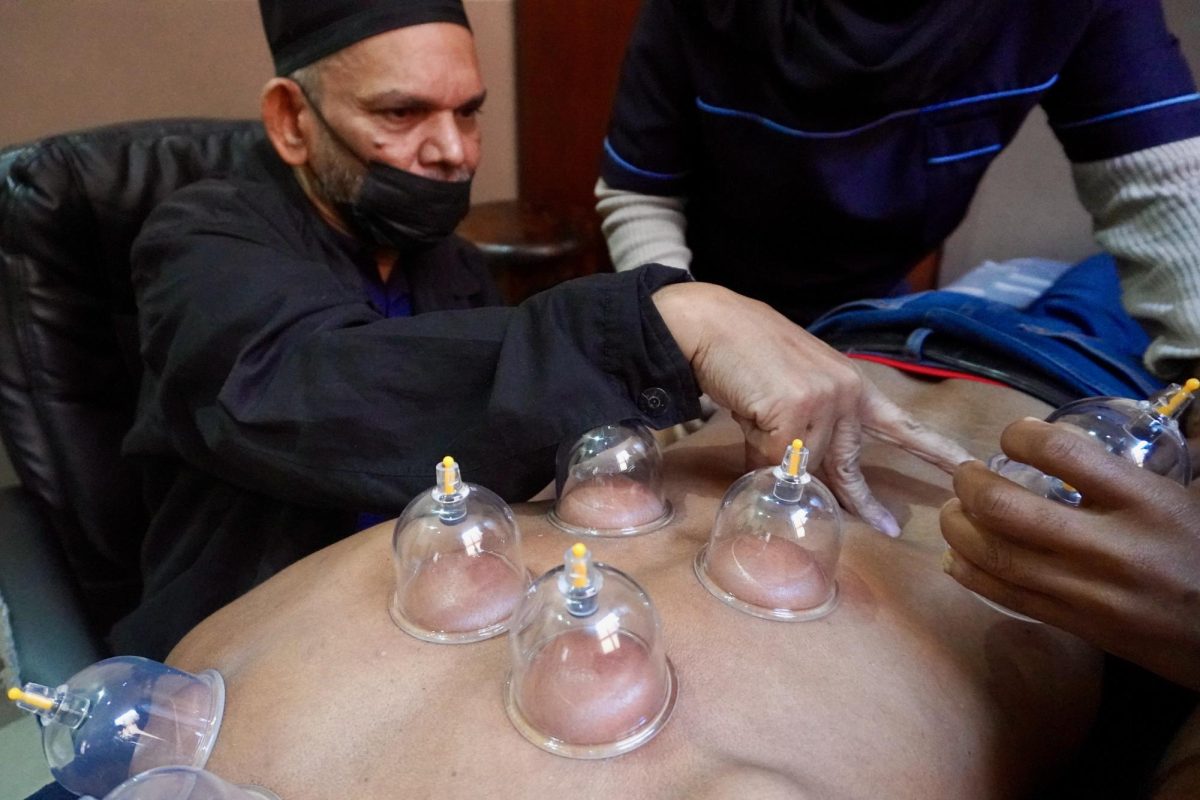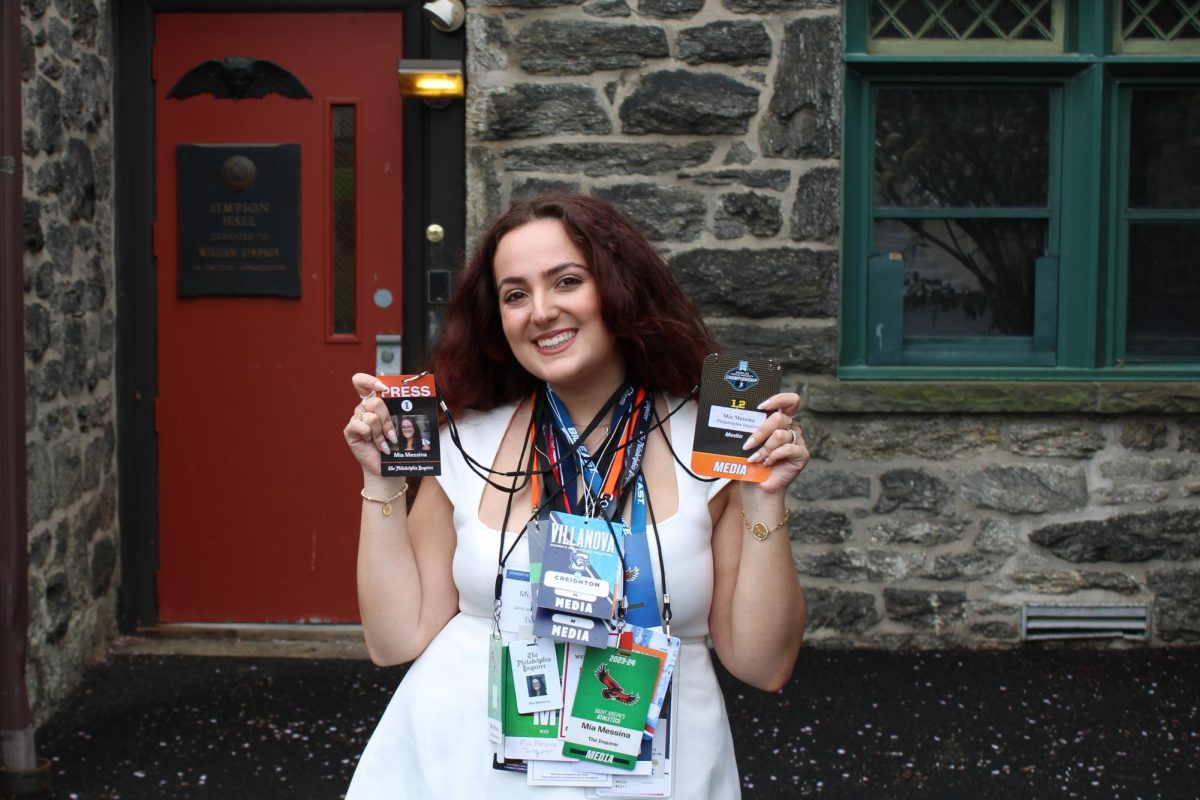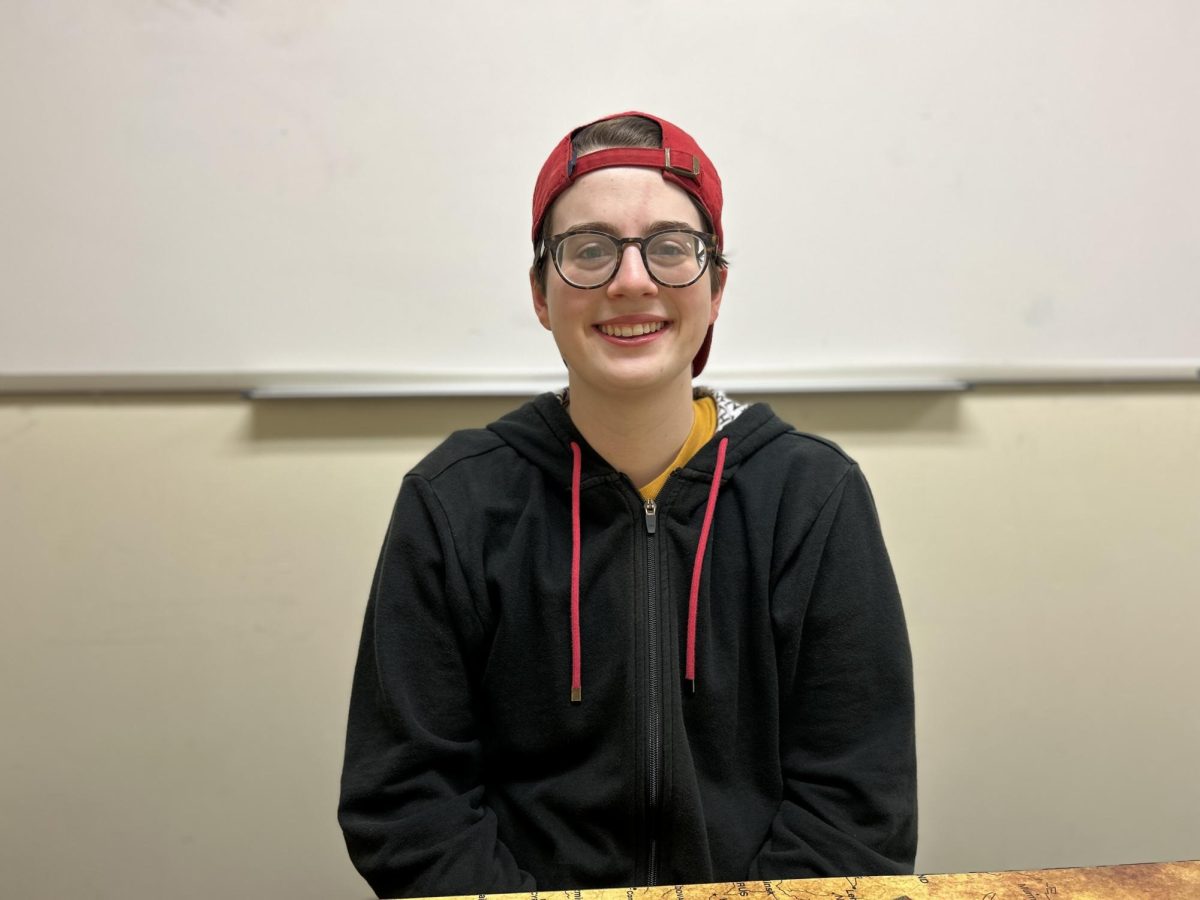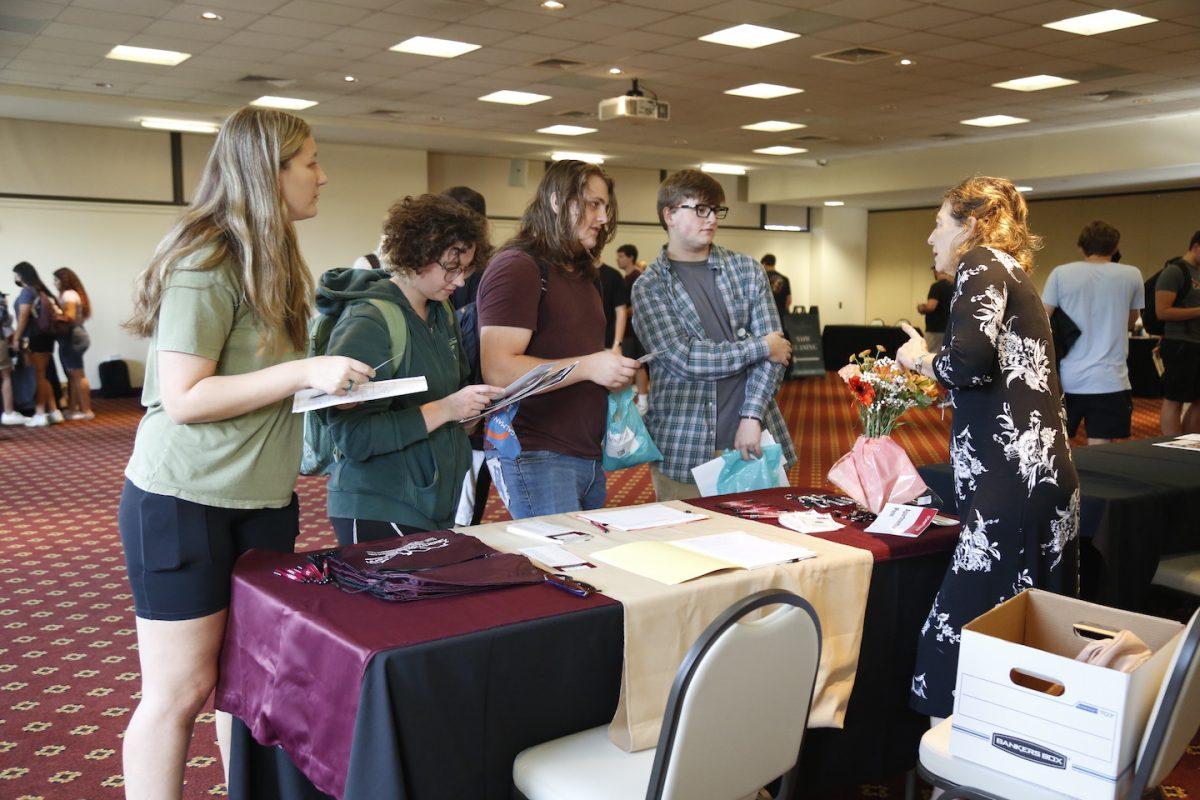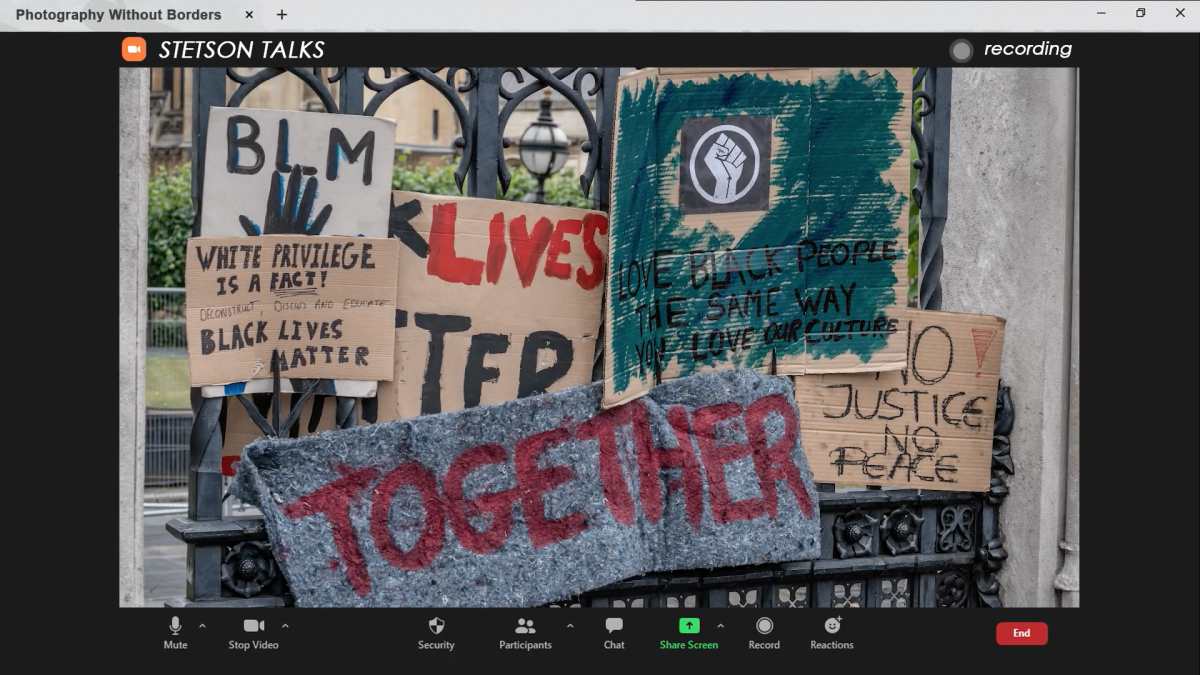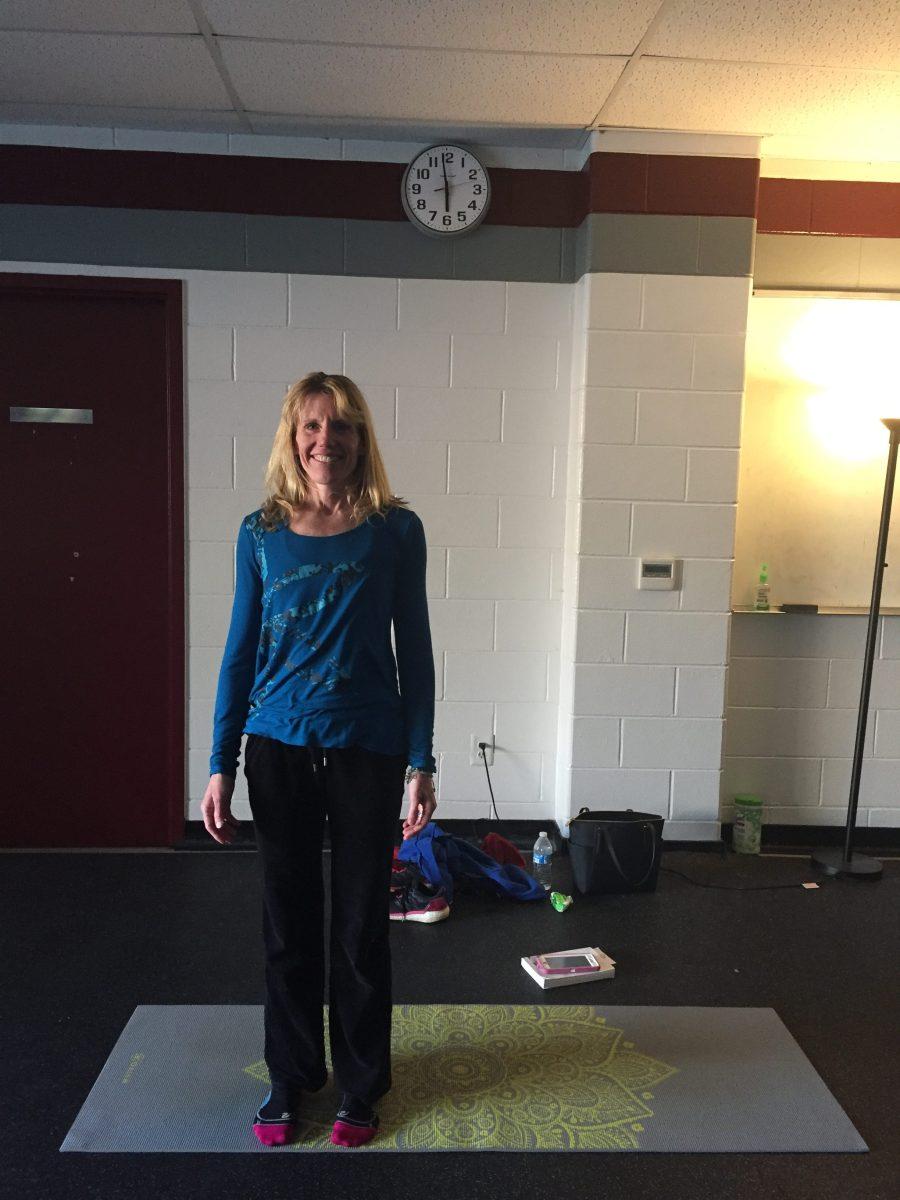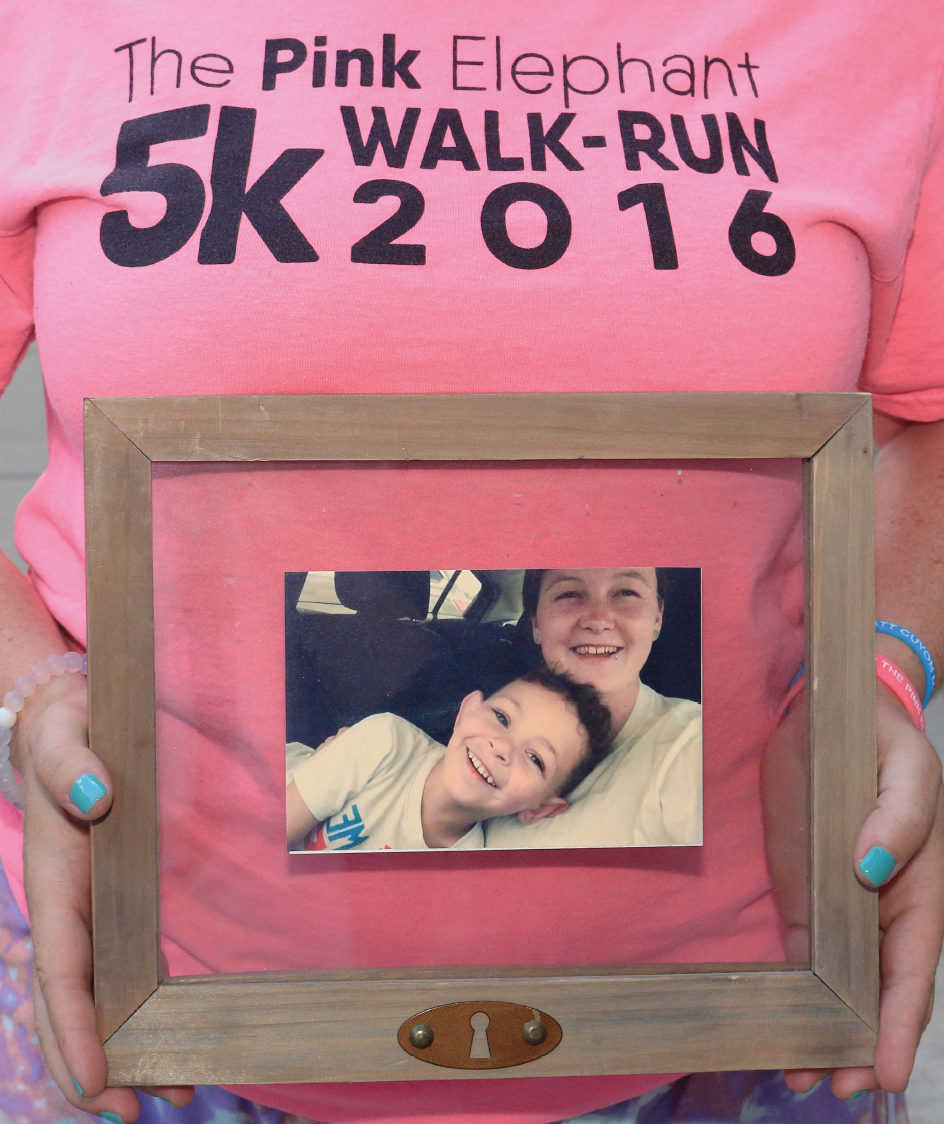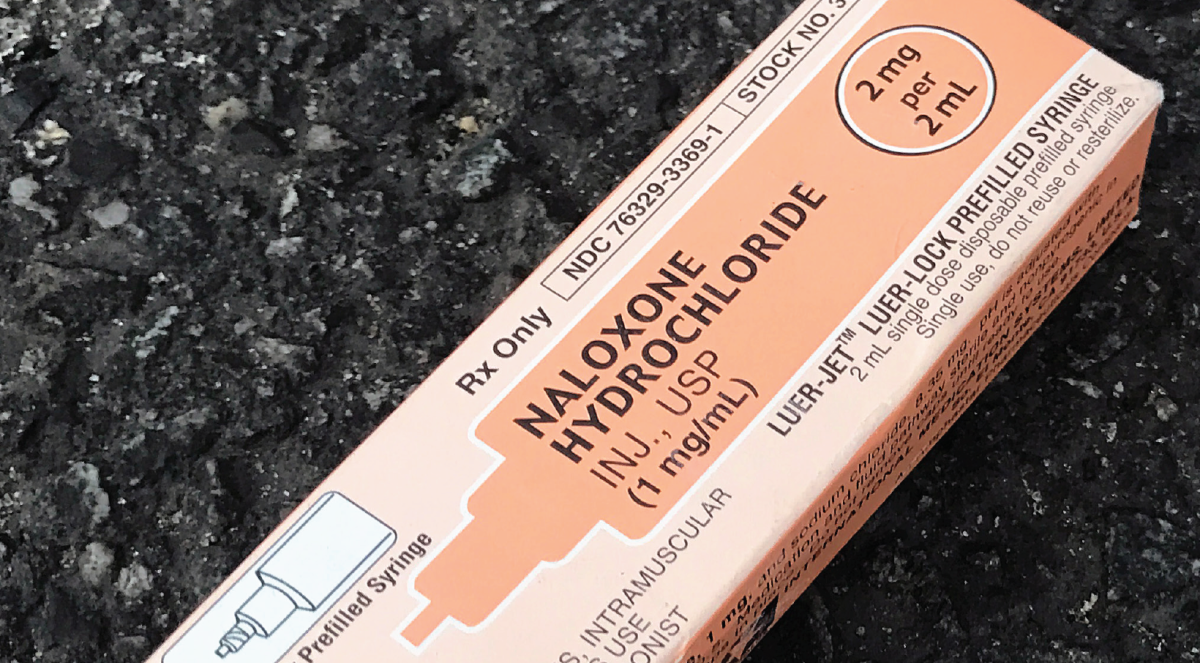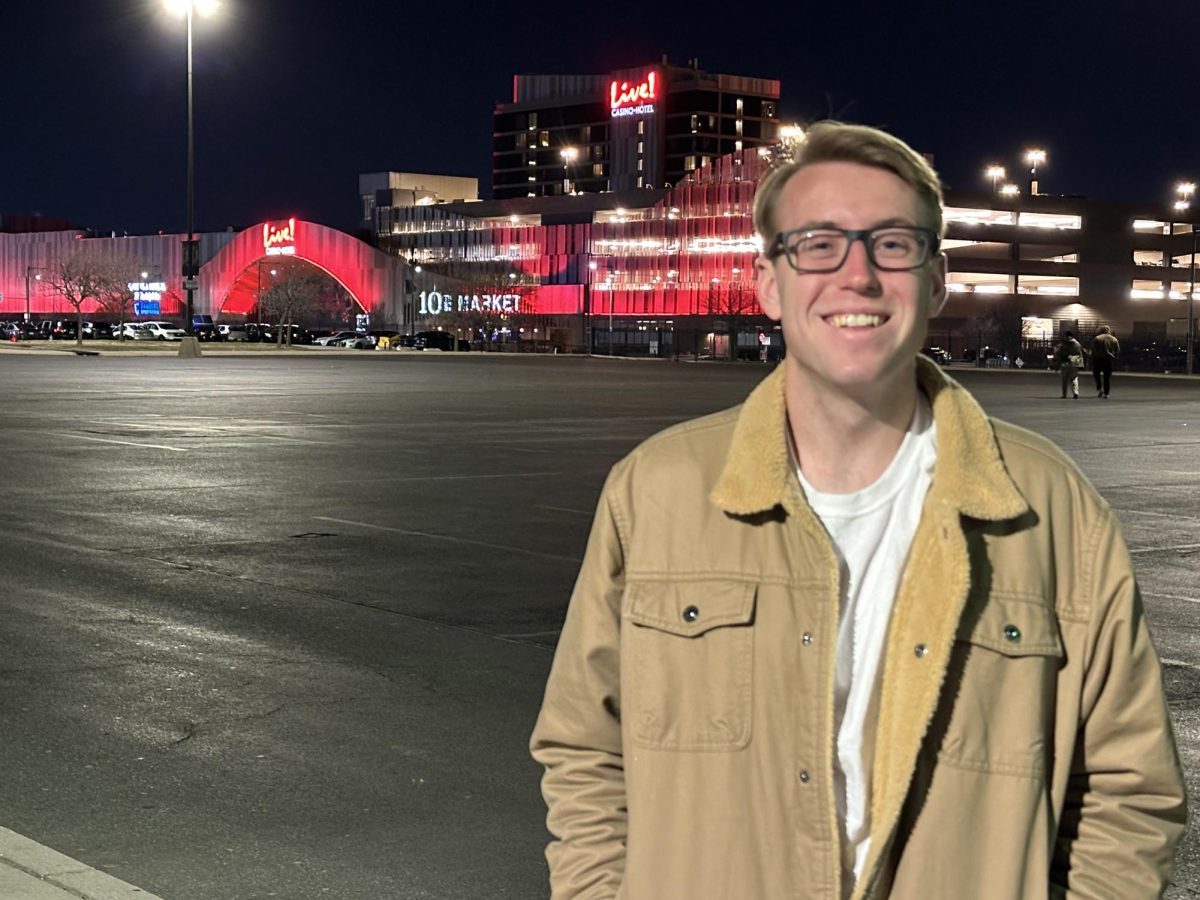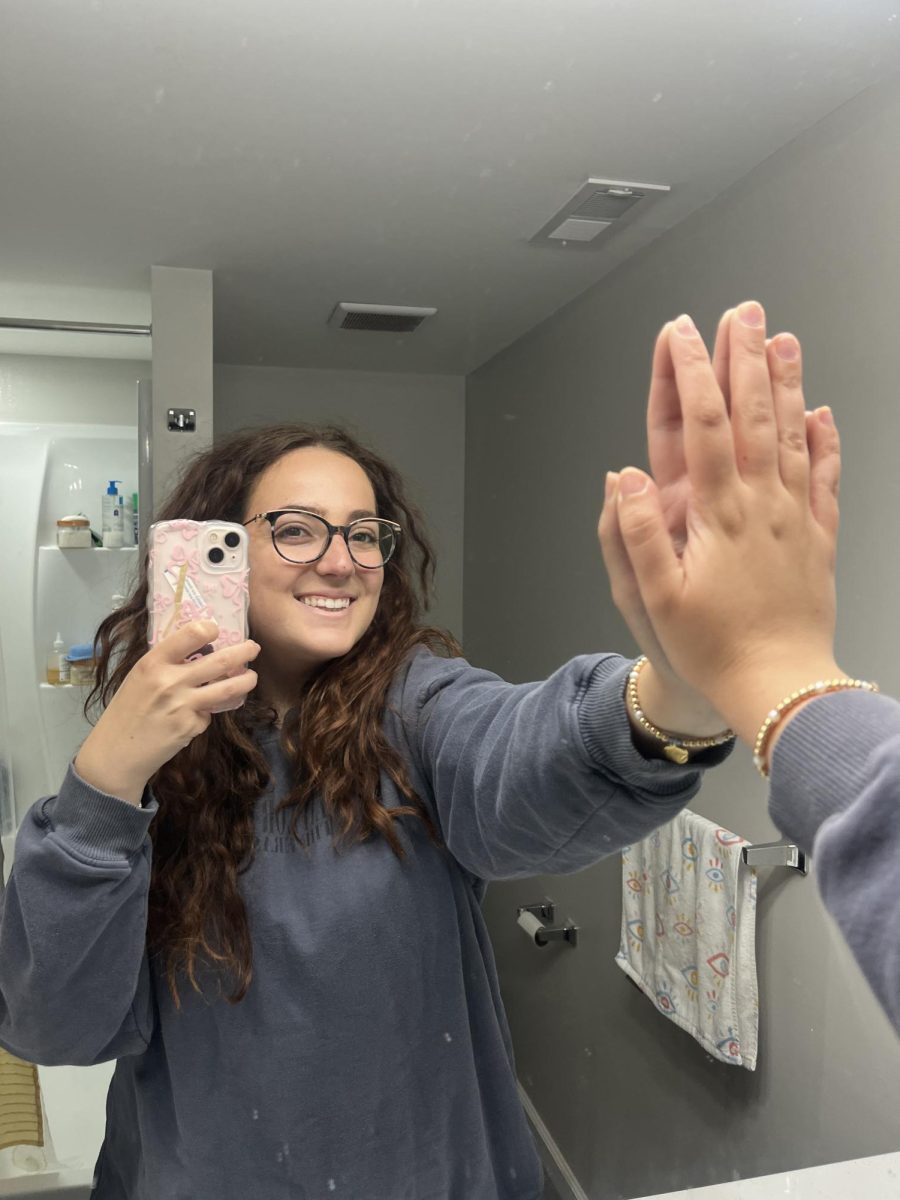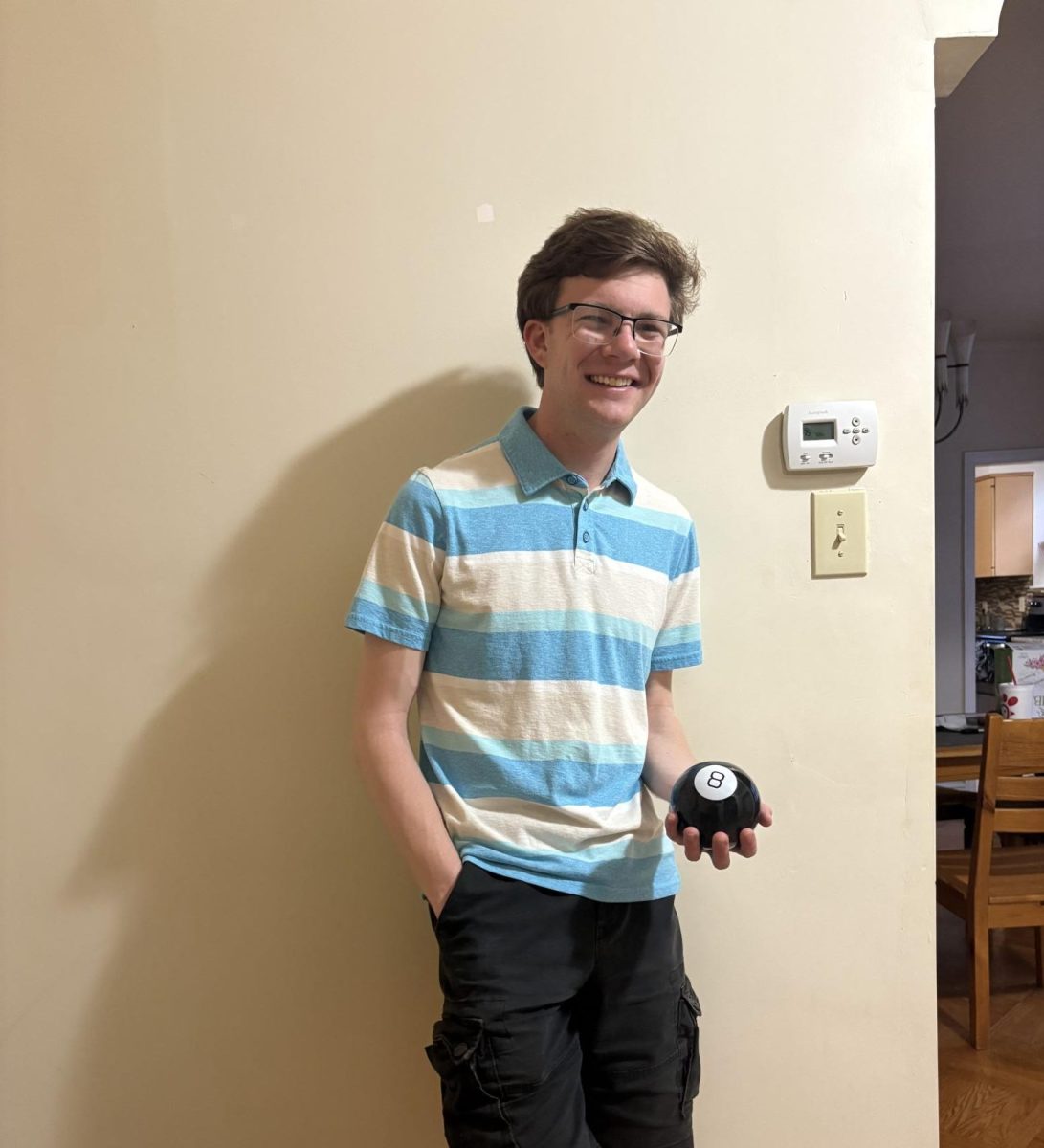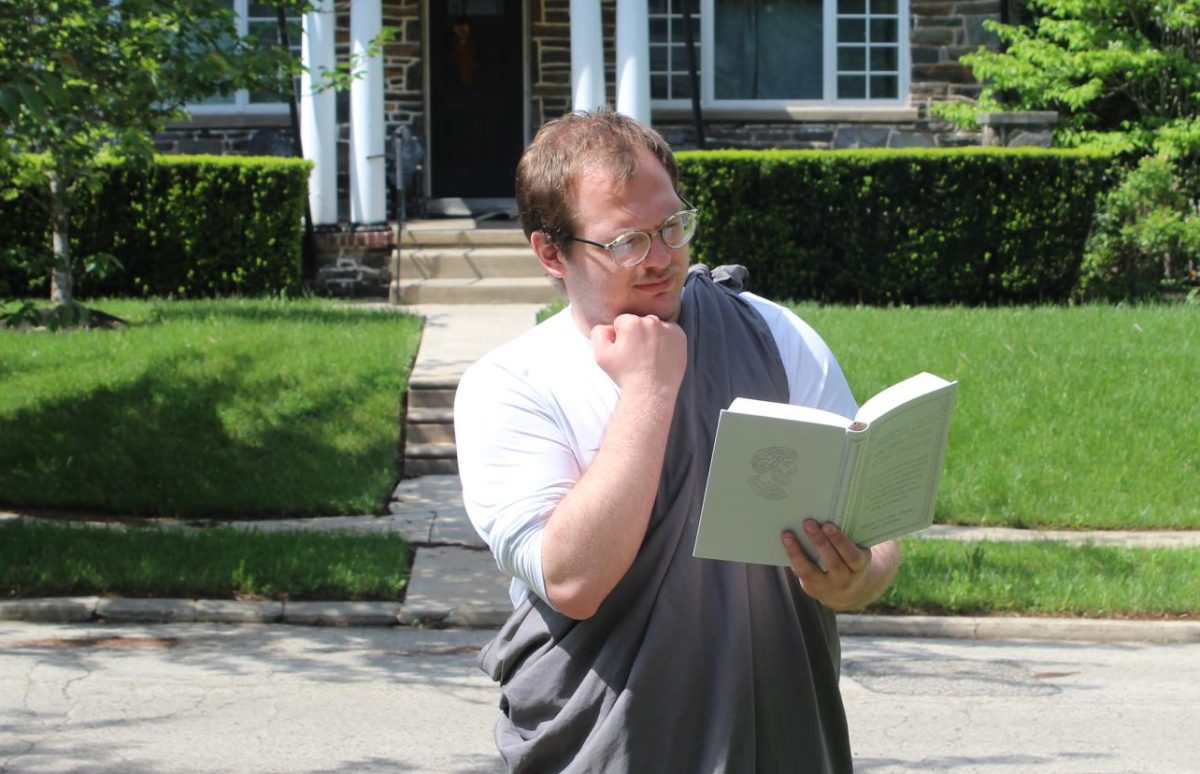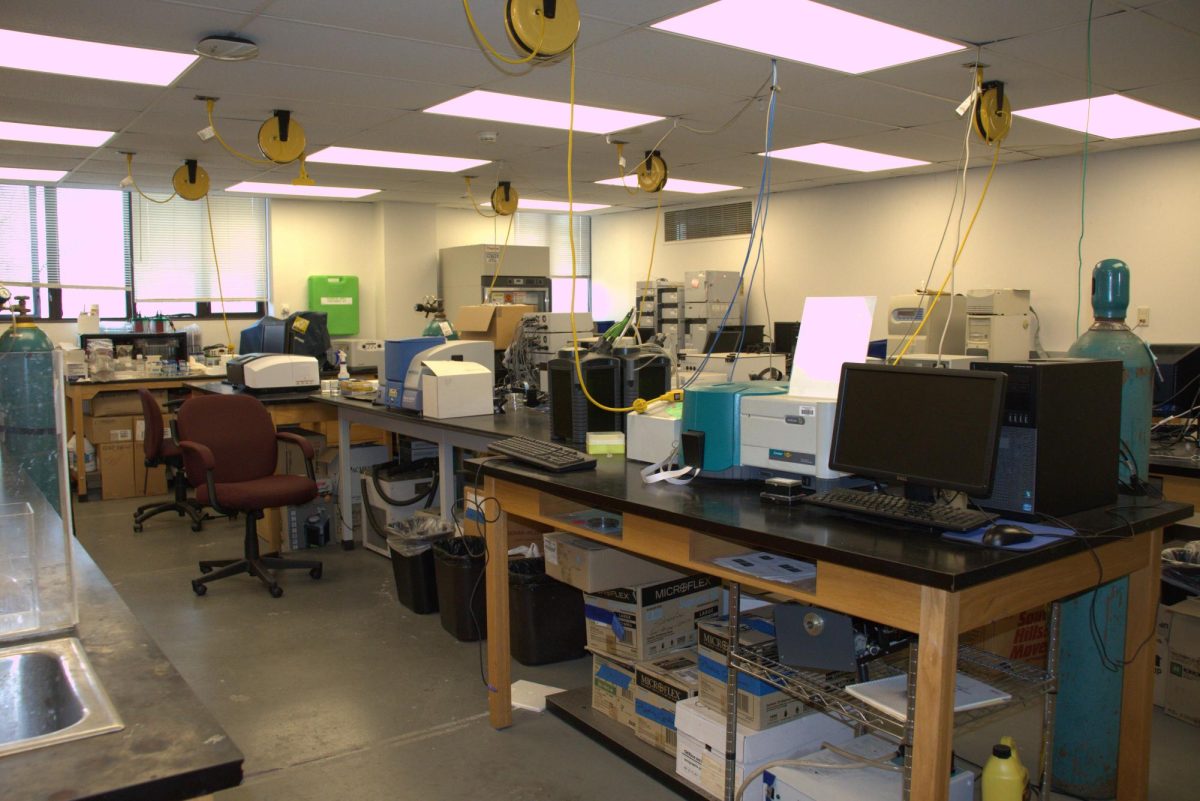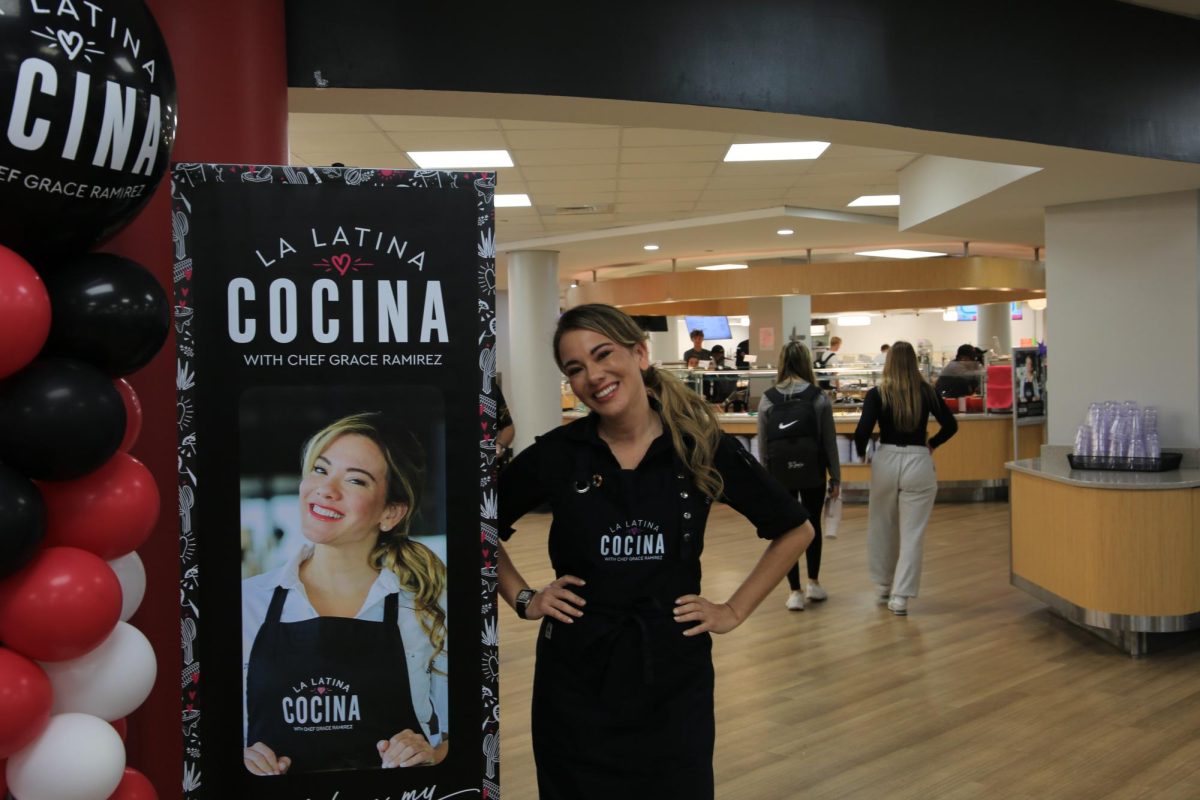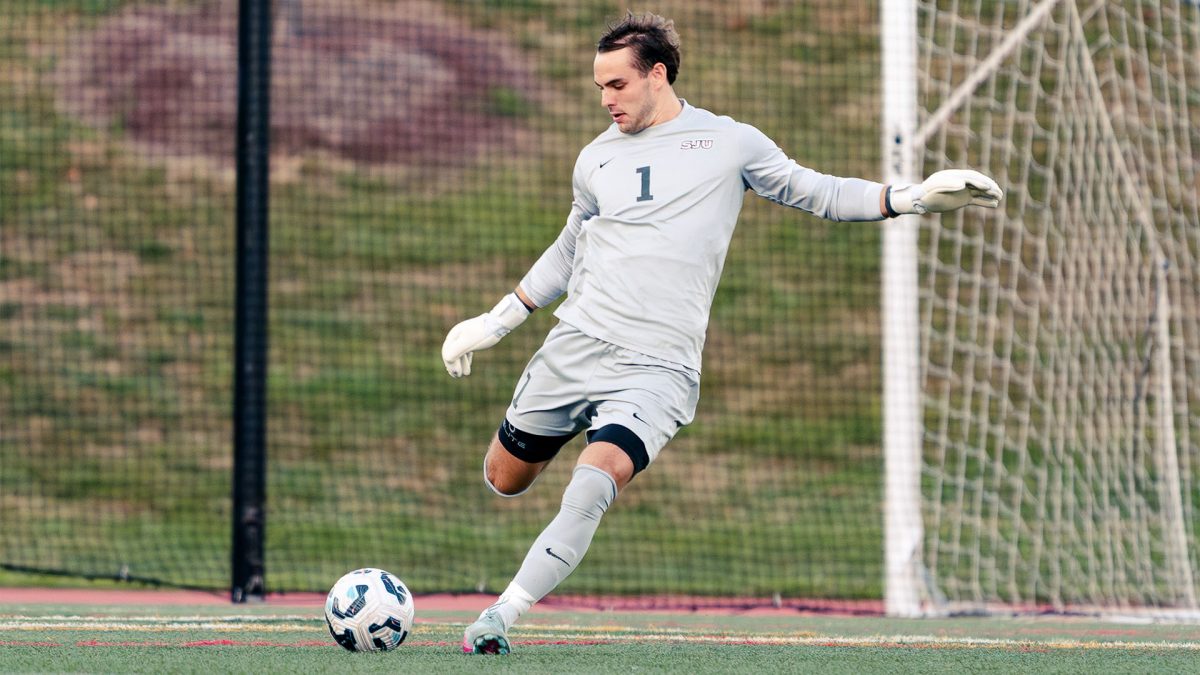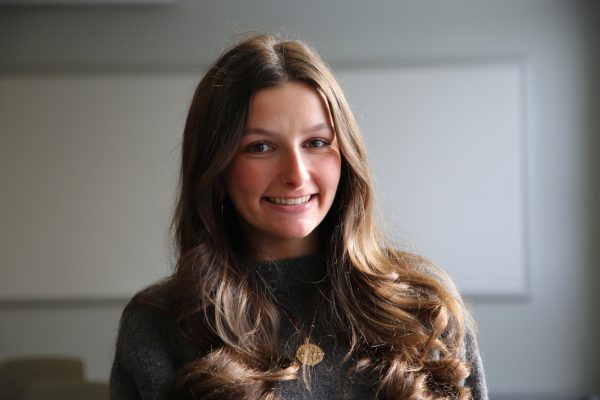On the second floor of the west side of Griffith Hall at the University City campus is a lab filled with computer workstations. There are no beakers, burettes, Bunsen burners or chemicals — only 20 computers and a crew of about six student researchers.
In the West Center for Computational Chemistry and Drug Design, students and faculty use mathematical computer simulations to solve chemistry problems and understand and study how molecules interact.
“At the end, we get a prediction of how these molecules will move in time,” said Preston Moore, Ph.D., professor and chair of chemistry and director of the West Center. “We use that to look at things like drug interactions or how water evaporates.”
Modeling can be used everyday in a wide variety of applications, from traffic patterns to the stock market to video games, Moore said.
“We want to understand why things happen the way they do,” Moore said. “Then, we get in and try to dissect those simulations to try to understand.”
Moore added that students do not have to understand physics and chemistry to actually interact with computational chemistry.
In 1999, West Pharmaceuticals, a manufacturer in drug delivery and containment solutions based in Upper Darby, donated money to start the center, provide resources and encourage students interested in computational work. Moore said, at the time, this type of research wasn’t very popular. As more computers became available, Moore engaged with more students in the center.
Andrew Fadgen ’26, a biochemistry and math double major, joined the lab in 2022 in hopes of becoming more familiar with undergraduate research. Since then, Fadgen has worked not only on his own research but also to make the lab accessible to students across all of St. Joe’s campuses.
“That’s the one thing I really like about the computational research that we do, is that it’s the most accessible research at the university,” Fadgen said. “Because it’s so low risk, it really does give anyone the initiative to be creative.”
This was the case for Artiom Butuc ’26, a biochemistry major who joined the lab out of pure curiosity. During his two years at the West Center, Butuc said he has analyzed structures, planned future projects and assisted other students in the lab. Butuc said he made significant strides in his research on building his first RNA structure, a highlight of his time in the lab.
“It was super exciting,” Butuc said. “I was working and also understanding that it’s something that nobody has ever done, other than me.”
Butuc said he worked in the lab constructing models of viroids, which are single-strand RNA molecules that infect plants. Butuc is specifically constructing a Hop Stunt Viroid (HSVd) and Potato Spindle Tuber Viroid (PSTVd), which both include the Sarcin Ricin Domain (SRD) region.
“HSVd and PSTVd have a SRD region, which make them more stable during replication phase, where viroids multiply and infect the plant more,” Butuc said. “That is our current proposed hypothesis, and thus far, it was proven to be true.”
After just one semester in the lab, Butuc, a first-generation college student, said he knew he wanted to stay, drawn by the potential he saw from the start.
“I come from an immigrant family, so I wanted to pursue STEM to get good opportunities,” Butuc said. “I live in the Philadelphia area, so it was very comfortable to get into research here.”
Doctoral students like Nicholas Pizzi, Ph.D. ’26, said the computational aspect of the lab is very unique, especially because it has gaming computers with powerful graphics processing units that are used to do high level computations.
The lab hopes to encourage other students with any interest in these computers to get involved. Fadgen said the West Center does not limit themselves to college students. A large part of their program is outreach to high school students who show interest in computational chemistry.
“The program mentors me to be able to do the work I can do,” Fadgen said. “The program gives mentorship to high school students to give them that first step that hopefully sparks an interest in research.”
Fadgen said being a part of the West Center has prepared him for his future endeavors, as he hopes to go to graduate school for research.
“Every week, I’m so excited to go and work on my research,” Fadgen said. “I’m taking my coursework, and I’m applying it in a way that is going to make something new.”



